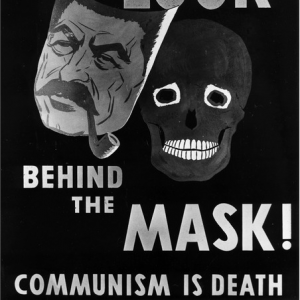
The Cold War was the global, ideological rivalry between the Soviet Union-led Eastern bloc and American-dominated “Free World.” It emerged in the aftermath of World War II and was fought on many fronts—political, economic, military, cultural, ideological, and in the Space Race. It led to the creation of the North Atlantic Treaty Organization (NATO) in 1949, and the Warsaw Pact alliance (1955-1991). Under the threat of Mutual Assured Destruction (MAD), the two nuclear powers—the United States since 1945 and the Soviet Union since 1949—and military alliances avoided direct confrontations, the reason why the term “cold” is used to describe the conflict. However, they eagerly supported their allies and fought proxy wars; for example, the Korean War from 1950-1953, the Vietnam War from 1955-1975, and Afghanistan from 1979-1989.

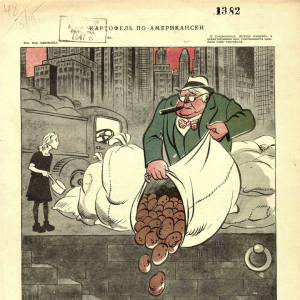
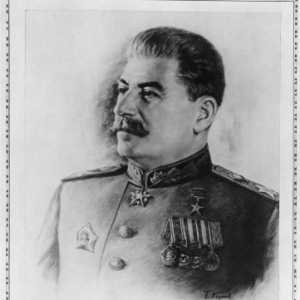
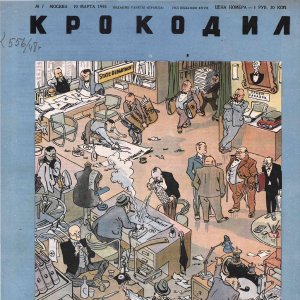

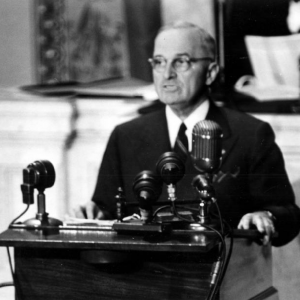

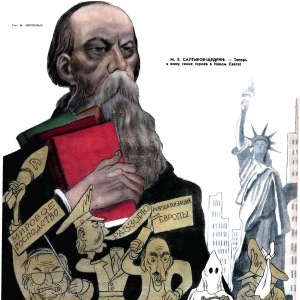

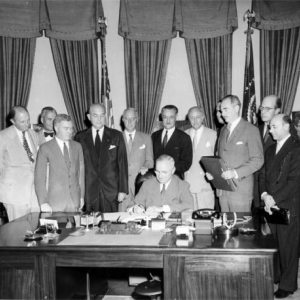
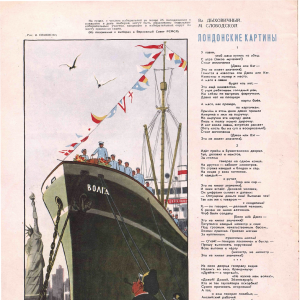
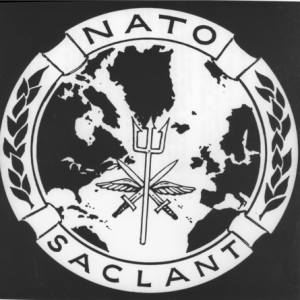

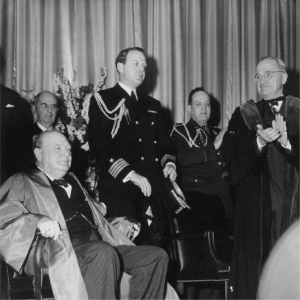
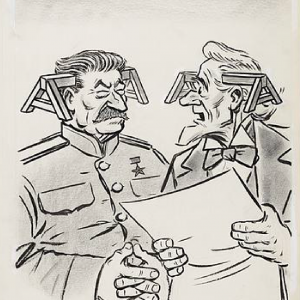

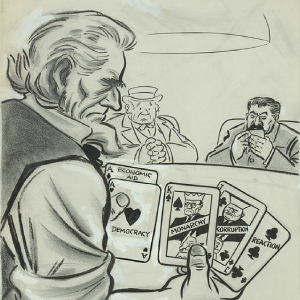

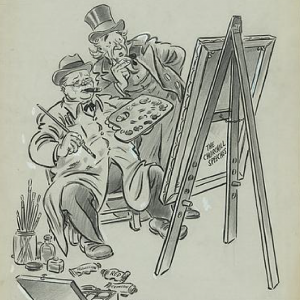
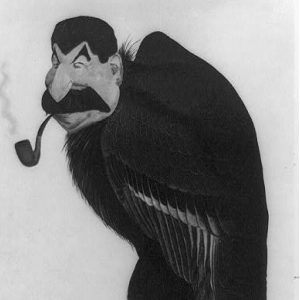



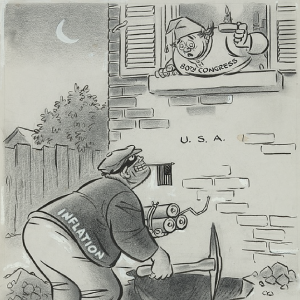


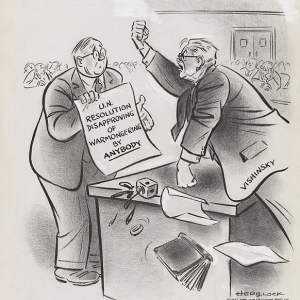
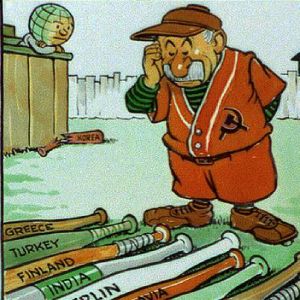

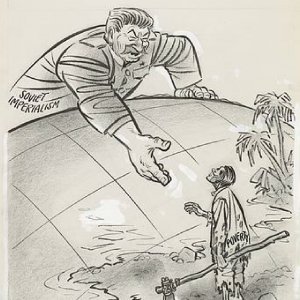
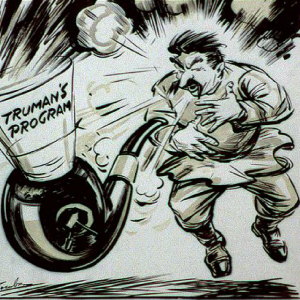
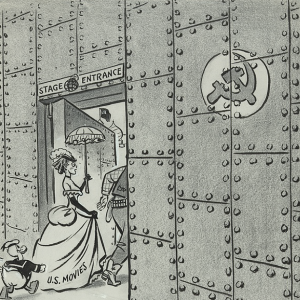


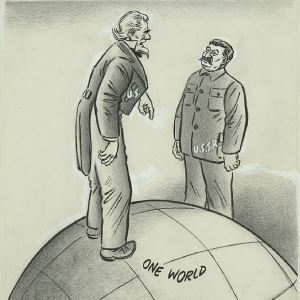
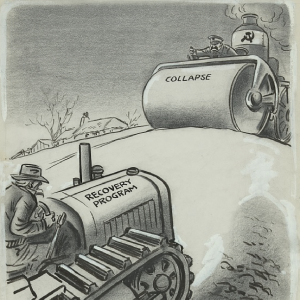




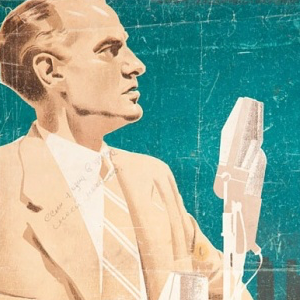
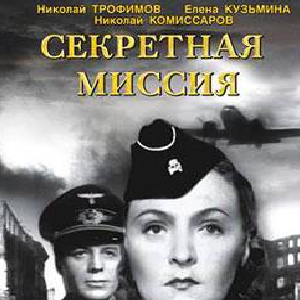
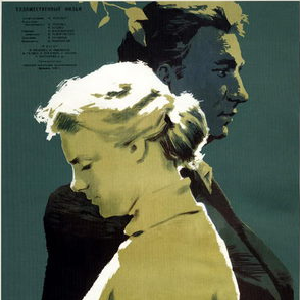
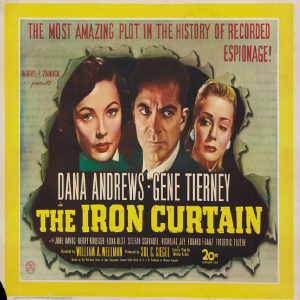
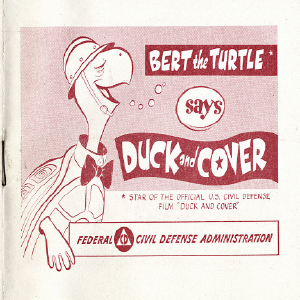

This website was produced by the Center for Slavic, Eurasian and East European Studies at the University of North Carolina at Chapel Hill.
This project is sponsored in part by the Library of Congress Teaching with Primary Sources Eastern Region Program, coordinated by Waynesburg University.
View this page if you have issues navigating the site.
© 2024 A Visual Guide to the Cold War